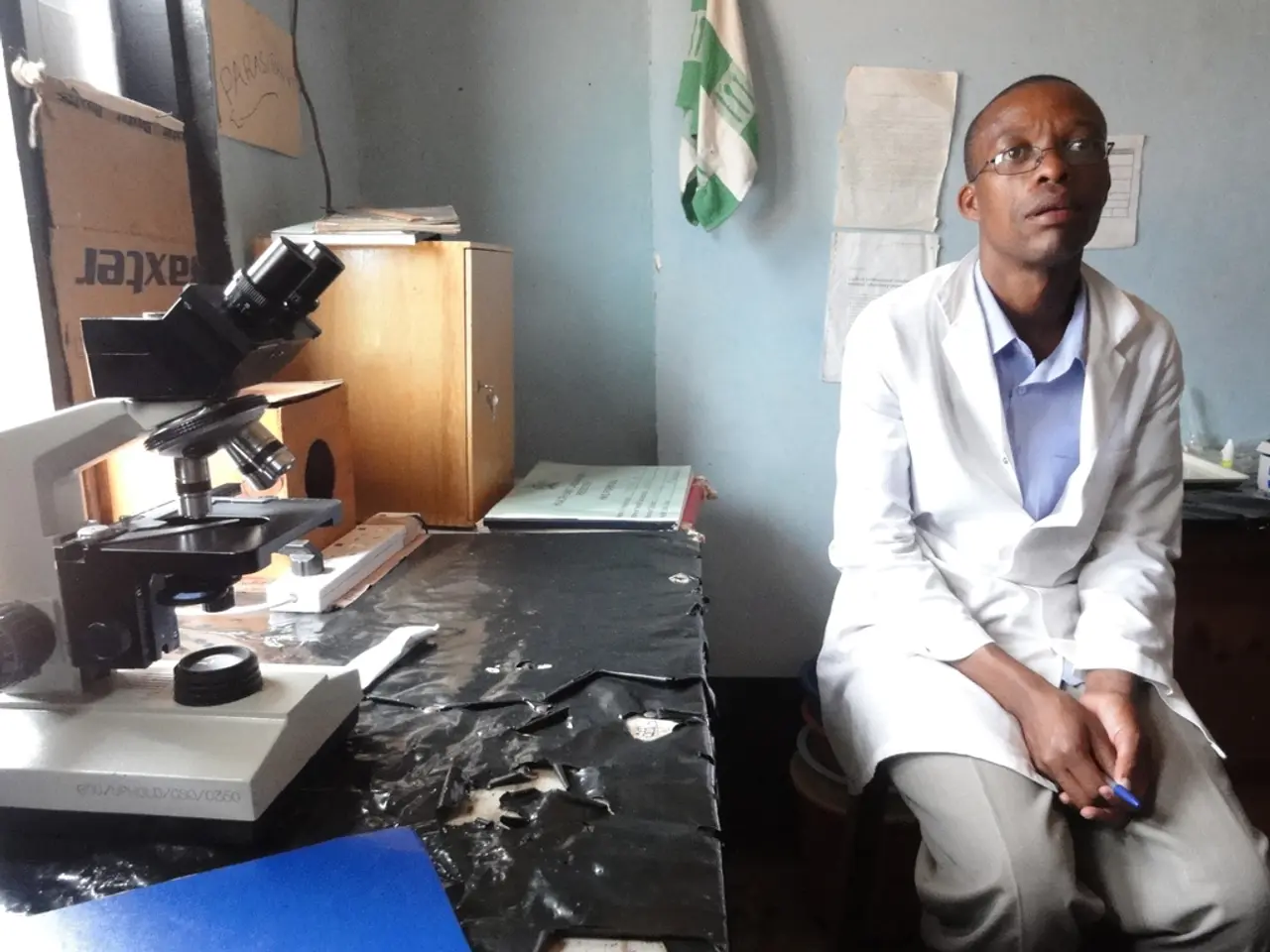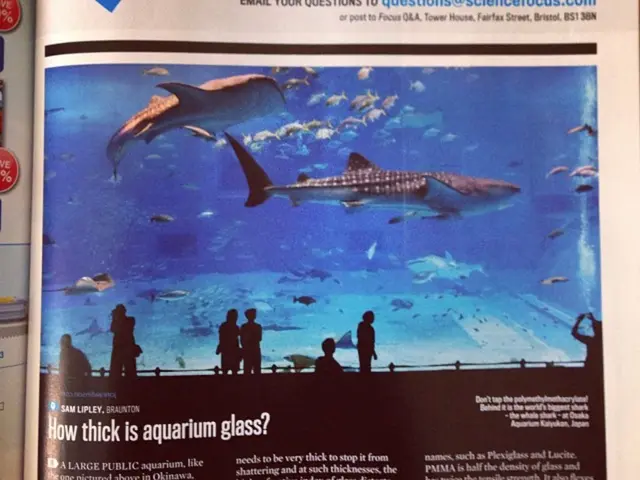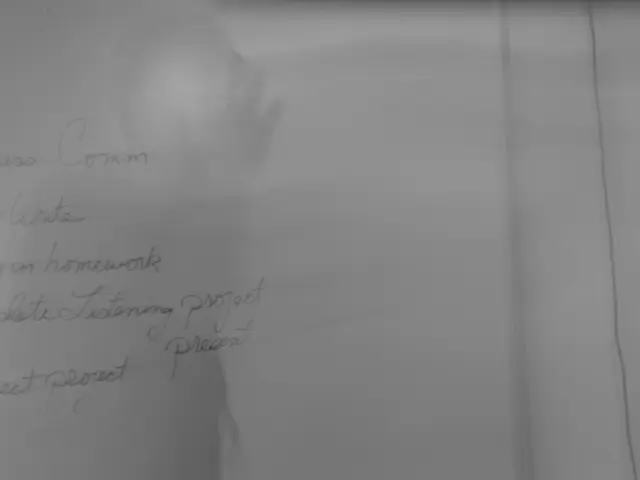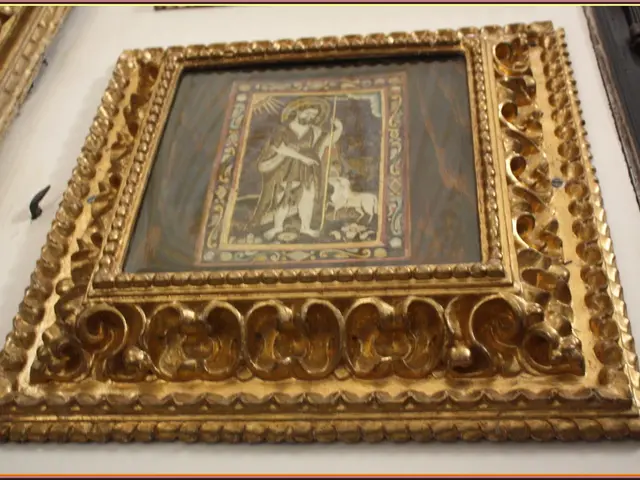Creating a Homemade Science Laboratory: A Step-by-Step Guide
Creating a home science lab for kids is an exciting and educational venture that encourages young learners to ask questions, make observations, and learn through interactive activities. This article will guide you through the process of setting up a small, safe, and engaging space for your child to explore and experiment with simple scientific concepts.
Safety First
Ensure your home science lab is a safe environment for your child. Essential safety equipment includes safety goggles, lab coats or aprons, disposable gloves, and a first aid kit. Always supervise your child during experiments, and choose age-appropriate materials and activities.
Essential Supplies
A basic home science lab includes a variety of tools and materials. Basic science tools include plastic beakers, test tubes, pipettes, and safety goggles. Basic household items such as baking soda, vinegar, food coloring, and water are also essential.
For more advanced experiments, you may need electrical components like batteries, wires, and bulbs. Measuring tools such as measuring spoons and cups, and a digital scale, will help ensure precision. Thermometers, including digital or analog models, are necessary for temperature measurements.
Basic laboratory glassware includes beakers, test tubes, graduated cylinders, and Petri dishes. Tools for observations include a magnifying glass and a microscope, while miscellaneous supplies like pipettes or droppers, funnel, safety scissors, clear tape, and craft materials, can come in handy.
For pH testing and color indicators, consider using pH test strips and universal indicator solution.
Creating Your Lab Space
A usable or functional home science lab space can be an extra corner in the kitchen, a playroom or office, or the basement. A folding table or a desk is perfect for a science table. To catch spills, a dollar store shower curtain can be used under the table or workspace. A dollar store mini broom and dustpan are also useful for clean-up.
Organising and Experimenting
Organise and label your materials to make them easily accessible. Choose simple experiments that are appropriate for your child's age and interest. Experiments can range from creating volcanic eruptions, investigating buoyancy, and observing the growth of crystals.
Encourage your child to document their experiments, either through drawings, photos, or written notes. This will help them remember what they've learned and provide a record of their scientific journey.
Making the Most of Your Home Science Lab
A home science lab for kids is a wonderful way to foster a love for learning and exploration. By following these guidelines, you can create a safe, engaging, and budget-friendly learning environment that will inspire your child to ask questions, make discoveries, and develop a lifelong appreciation for science.








